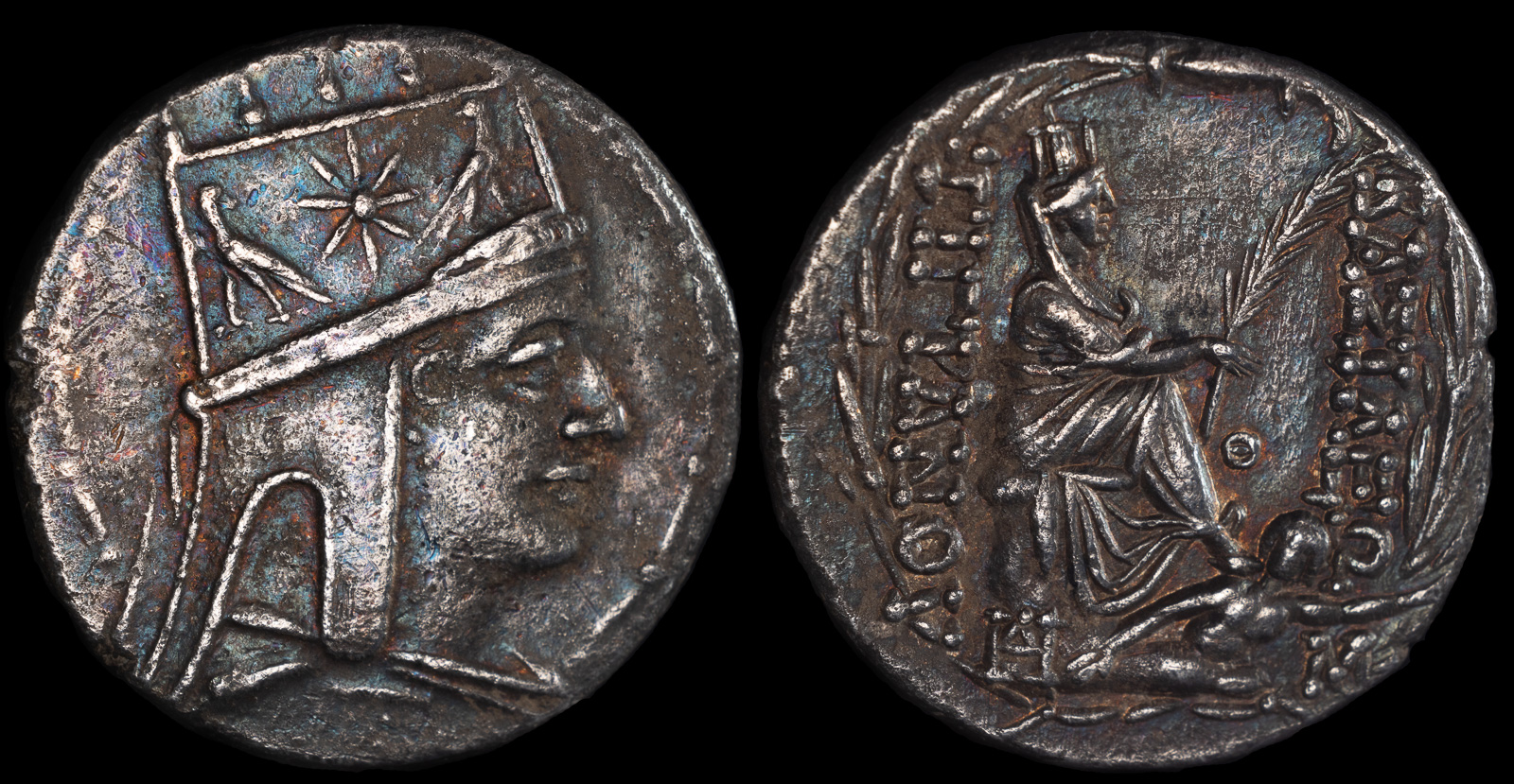Araxes
View All Tags
Araxes was generally depicted as a powerful and primordial force, embodying both the fertility and danger associated with rivers in ancient myth. Rivers were viewed as essential for agriculture, trade, and the survival of civilizations, but they also had the potential for flooding and destruction, especially when they overflowed their banks. As a river god, Araxes was often invoked for protection from floods or droughts, as well as to ensure a successful harvest or fruitful journey along the river. He was one of the many gods whose domain was tied to the natural world and whose influence was felt in the daily lives of those who lived near the river.
The river Araxes itself played an important role in the historical and cultural context of the region. In antiquity, it was a major geographical feature that separated the Persian Empire from regions to the north, including Caucasian Albania and Armenia, and its waters were significant to the agricultural activities of the peoples in the area. The river’s role in connecting various cultures is reflected in the mythological figure of Araxes, as it also became a symbol of boundaries, both physical and cultural, separating different peoples and empires.

Kings of Armenia. Tigranes II “the Great”
80-68 BCE
AR Tetradrachm 28mm, 15,44g
Obv: Diademed and draped bust right, wearing Armenian tiara with five peaks and emblazoned with star between two eagles; within filleted border
Rev: BAΣIΛEΩΣ TIΓPANOY, Tyche of Artaxata seated to right on rock pile, holding palm branch, river god Araxes swimming to right below; Θ to inner right, ΔH monogram to lower left, all within wreath.
Foss Group H; Kovacs 74.2; SCADA Group 1; CAA 19; ACV 31